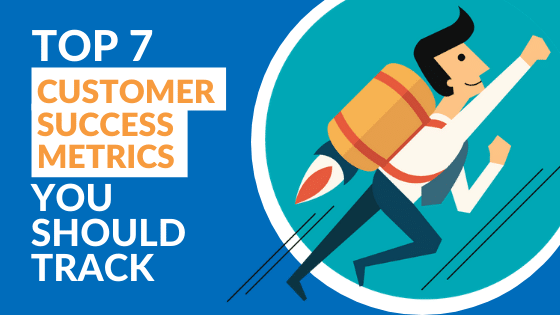Getting users from trial to paid is a common challenge for SaaS companies.
If you want your business to succeed, you need to convert more trial users into customers. This is where user activation comes in. It’s not only an important step in the user journey but also one of the most important SaaS metrics that can determine your business’ long-term success.
Many companies tend to overlook this metric and the difference it can make to their SasS business. In fact, in early 2019, only a quarter of organizations were tracking activation.
But it’s important to remember that activation is much more than someone clicking a confirmation button in your email. It’s about users achieving the promised value of your product.
Growing your active product user base directly impacts product adoption and retention rate. So let’s dive into what user activation is and how you can measure and improve it to help your SaaS business grow.
What is user activation, and why is it important for SaaS?
User activation is a metric that defines a person’s engagement with your product. In SaaS, user activation happens when your free trial users experience the value of your product and continue to use it actively. It involves a series of steps and predefined milestones users must complete to be considered activated.
Activation and SaaS pirate metrics
Pirate metrics or the AARRR framework is a commonly used model for SaaS companies to measure growth and success. Introduced by David McClure, the founder of 500 Startups, the model divides the customer life cycle into 5 steps — starting from the first touch point with your business to becoming a paying customer.
Monitoring each phase of the AARRR model can give SaaS businesses crucial insights into which parts of the customer life cycle are not performing well and how you can improve your conversion funnel.
The 5 stages of AARRR framework are:
- Acquisition. During this stage, customers find and come to your product. It is the moment when the user decides to sign up for a free trial or a demo.
- Activation. It’s when customers experience the core value of your product. This stage is all about engaging with your product’s key features.
- Retention. In this phase, customers come back to use your product again. It’s all about making sure they keep using your product after the purchase.
- Revenue. Simply put, it means monetizing your customers. In this phase, the focus should be not only on generating repeated purchases, but also on increasing the average revenue per account via cross-selling, upselling, and add-ons.
- Referral. At this stage, customers share your product with others and the users become product advocates.
The AARRR funnel begins with a user starting their free trial or having a demo. When they decide to buy and actively use your software, that’s activation. Activation is an essential stage of the funnel as it’s the breaking point when new users realize that your product can help them achieve their goals.
This is also often called the AHA moment – the point in the user experience where your product’s value becomes clear. You should aim to achieve the AHA moment as early as possible in the customer journey as it’s the moment that determines whether your customers engage further or churn.
Why is user activation important for SaaS companies?
There are multiple reasons why activation is particularly important in the SaaS industry. Here are some of the most crucial ones:
- Building your customer base:
Activation is the gateway through which potential customers or trial users become paying customers. If you don’t do it successfully, you will wind up with a small customer base. - Becoming profitable:
One of the main reasons why activation is important to SaaS lies behind the nature of the industry. In this business, you get paid monthly from every activated user. So, in order to become profitable, a low churn rate and high user activation rate are crucial. - Setting the stage for a good user experience:
When it comes to user experience, you never want to start off on the wrong foot. A poor activation period, caused by a late AHA moment, lack of onboarding, or complicated purchase experience affects the customer lifecycle and lowers customer success rates in the long term. - Detecting problems early:
Low activation rates are never a good sign. It can mean that somewhere along the way, the user has experienced friction, resulting in them becoming less inclined to keep using your software.
Often these barriers are caused by a poor onboarding process or design flaws in the UX. However, the good news is that noticing low activation rates gives you a reason to re-evaluate your product and resolve these problems before they become bigger ones.
How to calculate and track the SaaS activation rate?
User activation rate is the key indicator of how successful your activation flow is and the most important metric to track during your onboarding process. In its essence, the activation rate measures the percentage of users who successfully complete a predefined milestone in your activation process.
Typically, in SaaS, the milestone is something that occurs in the onboarding process, or at an early stage of a user’s experience with the application. The activation moment varies depending on your product, for example, for a food delivery app it can be the moment a user completes their first order, or for a music-streaming app, it can be the moment a user creates their first playlist.
How to calculate the activation rate
Calculating the activation rate is easier than defining the activation milestone – you simply divide the number of activated users by the total number of registered users and then multiply it by 100.
If you want to gain insights at a more granular level, don’t only calculate the rate of your entire user base but also for specific customer segments or target personas. It will help you discover how specific segments engage with your product and the onboarding process and uncover potential problems of converting certain groups of people into paying customers.
Analytics tools like Google Analytics offer an easy way to monitor how many people are completing your set milestone. To get a better grip on your analytics, you can explore how similar companies track the same onboarding milestone or compare your activation rate to industry benchmarks.
The top product-led growth SaaS companies achieve an activation rate of 40% for free trial users, meaning that 6 in 10 users churn. However, make sure to look at benchmarks for companies that have similar products to yours. If you have a unique activation milestone, external comparisons won’t be as helpful.
Defining activation for your SaaS product
The truth about the activation stage is that every SaaS business has to define it for itself. The key activation actions will be determined by the complexity of your product, the characteristics of your user personas, and the problems your potential customers are trying to solve.
Some examples of activation milestones include signing up, setting up a profile, starting a free trial, completing the onboarding tour, or inviting a friend. However, user activation doesn’t apply to new users only. For existing customers, activation can mean adapting a new feature or transitioning from a basic to a premium plan.
While there is no one-size-fits-all single metric, there are certain guidelines that can help you identify the activation moment for your SaaS. Firstly, it’s useful to look at a typical user activation flow and define how these three steps happen for your business:
- Value perception. Before users can personally feel the value of your product, they first need to know what the value is. At this stage, users first realize what the product might do for them. This could happen even before they’ve tried out your product.
- Value experience. The first thing a new user does is learn how to use your product. At this stage, users experience basic functionality and discover what the product does and how it works. Valuable experience in this phase will determine whether users will continue engaging with your product.
- Value adoption. This stage happens when users have used the app enough to see the product’s value at full scale. A product has been “adopted” when the user has moved from trialing the product to adopting it into their workflow, routine, and habits.
To realize when activation happens for your SaaS product, you need to determine how these three steps happen for your users. Especially pay attention to the moment when users have experienced the product enough to see its entire value. Usually, it happens when people have engaged with the product beyond its basic usage.
To find out where customers find value in your service, combine customer feedback with analytics data. For example, reach out to your most valued customers and ask them what they value most in your product or review customer feedback. Ask yourself:
- What goal does the user want to achieve using my product?
- What do customers value most in my product?
- What steps should an ideal customer take to adopt my product?
- What does activation mean for my service?
- What is the moment when a user feels the value is received?
5 tips to improve your SaaS activation rate
You could say that successful activation is all about positive first impressions. Removing any friction and making it extremely easy for new users to start using your product and derive value from it should be at the heart of any activation strategy. So if you’re looking to enhance your activation rate, here are some proven tips that will help you turn trial users into paid customers.
1. Enhance the user onboarding process
Customer onboarding is the process that guides new users through the key features of your product.
The lack of proper onboarding can keep them from getting to that AHA moment and reaching your activation milestone. For SaaS companies, the onboarding process is all about setting the stage for your relationship with your customers and following through on what you’ve offered in the sales pitch.
When it comes to improving activation, there are several elements of the onboarding process that you can tweak:
- Reduce the time it takes to set up a new account.
- When it comes to sign-up forms, limit them to a maximum of 3–5 fields and use drop-downs or checkboxes to make it easier and faster for users.
- Focus on the minimum path to receiving value.
- Skip irrelevant messages and use customer behavior data to send targeted campaigns.
- Minimize distractions and friction.
- Use progress indicators to inform users of their completion status.
- Use in-app messages to point users to anything that can reveal the value of your product sooner.
For example, Notion uses a fully functional checklist to teach new users the actions they’ll need to access their product’s core value.
2. Use email automation
Email automation is the backbone of user onboarding strategy and a great way to help users find value in your product.
You can start by sending a personalized welcome email, then move on to introducing new users with your most popular features. Rewarding engagement, explaining advanced features, and encouraging users to try new features can all be part of your email sequence.
Here are some tips to create email automation that improves activation rates:
- Your user’s inbox is a busy place, so prioritize quality over quantity.
- Personalize your messages.
- Focus on the values and benefits of your product.
- Trigger emails based on user behavior.
- Add a clear call to action to guide the user to the next steps in their activation journey.
- Make sure people receive your emails in their Primary folder.
Writing engaging emails is not enough if they land in the user’s spam folder. To tackle this, Outreachboard instructs people on how to receive their emails in the Primary folder instead of Social, Promotions, or Spam.
3. Offer proactive customer support
To help customers get to the activation moment, offer them help and provide good customer service. Here are some ideas on how to encourage users to proceed with activation by using customer support:
- Calls: Offer a free strategy call to identify the user’s problem and suggest the most appropriate way to use your product to solve it.
- Guided onboarding: Work with the user to help them reach the AHA moment by introducing the product and showcasing its value to them.
- Provide a stable channel of support: Make sure users who run into problems and require immediate support can easily receive it.
- Live chat: Offer help from a customer service agent who can assist the users along the way.
Have a look at this example from Loom. Multiple guidance videos are offered to the users to proactively eliminate the need for support.
By adding short, 2-4 min videos for different use cases of their service, they make sure that confused customers quickly find the answers to the struggles they face with the tool.
4. Don’t underestimate the value of copywriting
Both design elements and copy are essential if you want to increase your activation rate. The language and words you use can make a significant difference to the actions your users take.
Some of the SaaS copywriting tips that can improve activation include:
- Emphasize benefits, not features.
- Address your customer’s pain points.
- Keep it simple and use easy-to-read, informative language.
- Use social proof like testimonials, ratings, and comments.
- You’re writing for humans, not bots, so make your copy relatable.
- Use the terms that resonate with your audience, but don’t slip into using jargon.
Language matters, especially when it comes to turning free trial users into paying customers. For example, Capsulink uses short and straightforward phrasing on its pricing page.
Instead of explaining that users will save 16% by choosing the yearly plan, they write “2 months free” which enhances the perceived value of the paid-plan.
5. Create interactive product tours
Product tours are short guides that show new users the product features they need to learn in order to reach their activation milestone.
Bad product tours can leave users feeling confused and unsure of what to do next. This is why it’s important to nail your product tour to get your users to their AHA moments faster.
The most effective product tours that drive activation adhere to a few key guidelines:
- Forget about linear and top-down product tours. Instead, create an interactive and personalized experience for your users.
- Explaining every little feature will only lead to frustration. Show users only those key features they need to reach their activation milestone and let them learn those features by interacting with them in real-time.
- Keep in mind – the features needed for activation vary among audience segments, so each potential customer should receive a somewhat different product tour.
- Don’t dump information on your users. Instead, create a product tour where each new step is triggered by the user concluding the previous step.
- Respect your customer’s time by making sure your tour isn’t too long. Three to five steps are usually enough for an onboarding flow.
For example, Typeform uses a demo-like environment and adds hotspots and beacons to direct users and easily explain the rather complicated features.
Wrapping up
User activation is the most essential step in the customer journey.
Without successful activation, your users will churn before even engaging with your service. Ensuring users find the AHA moment and reach their activation milestone as soon as possible is a common challenge to tackle for SaaS companies.
However, by regularly tracking your activation rates and using smart strategies to streamline the user activation process, you can grow the base of active users in no time.

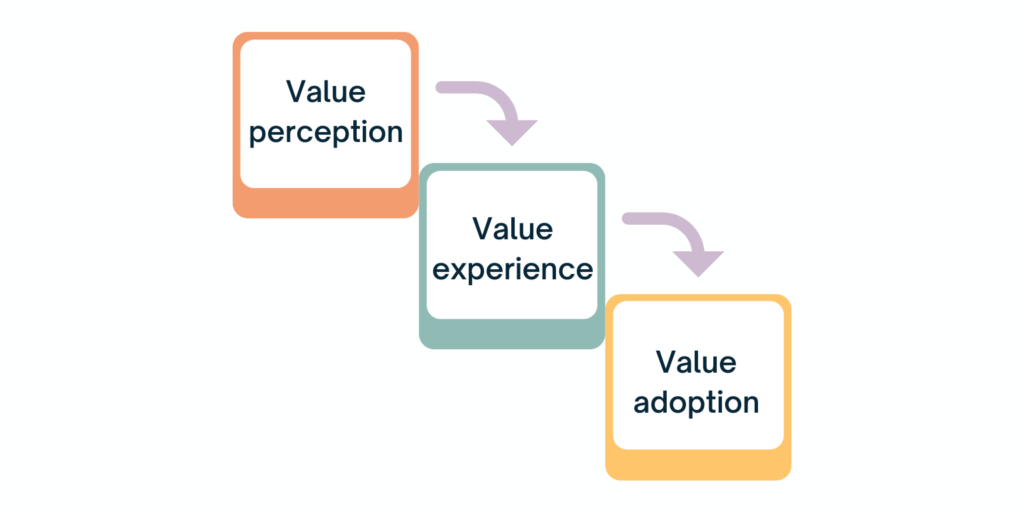
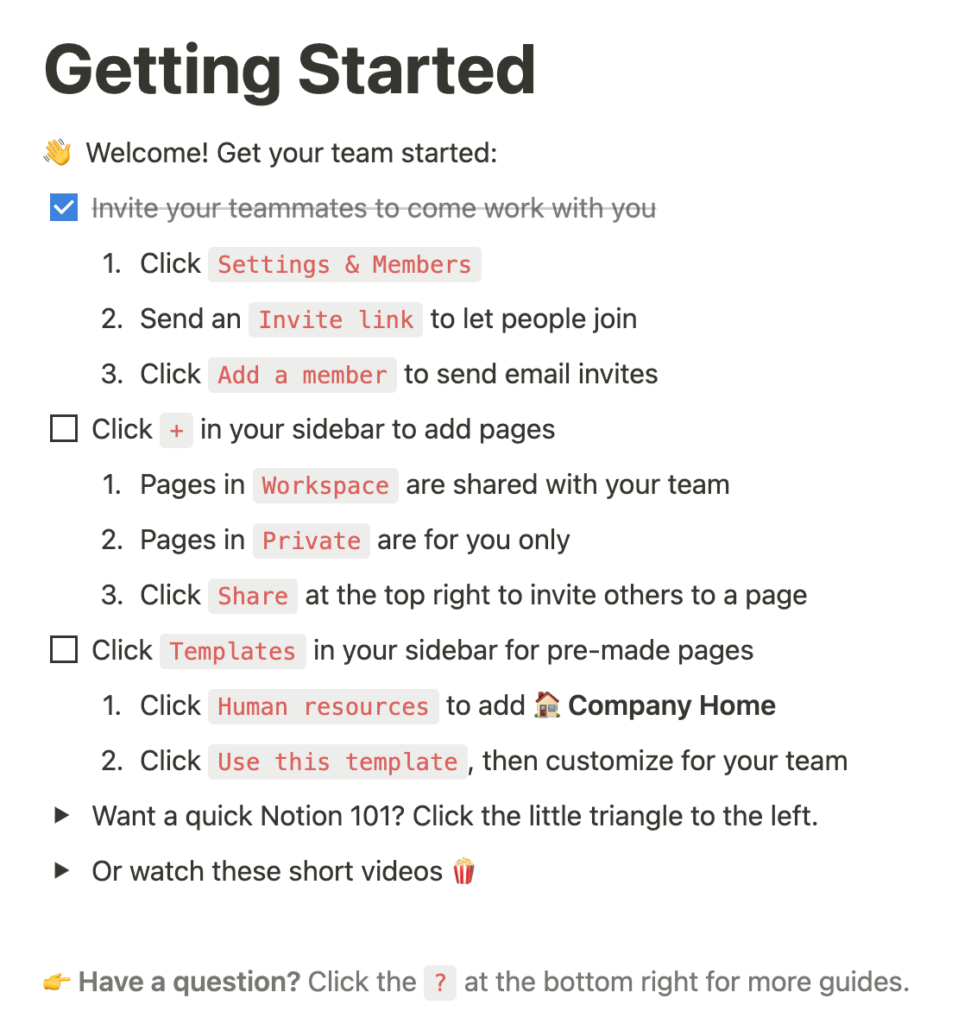
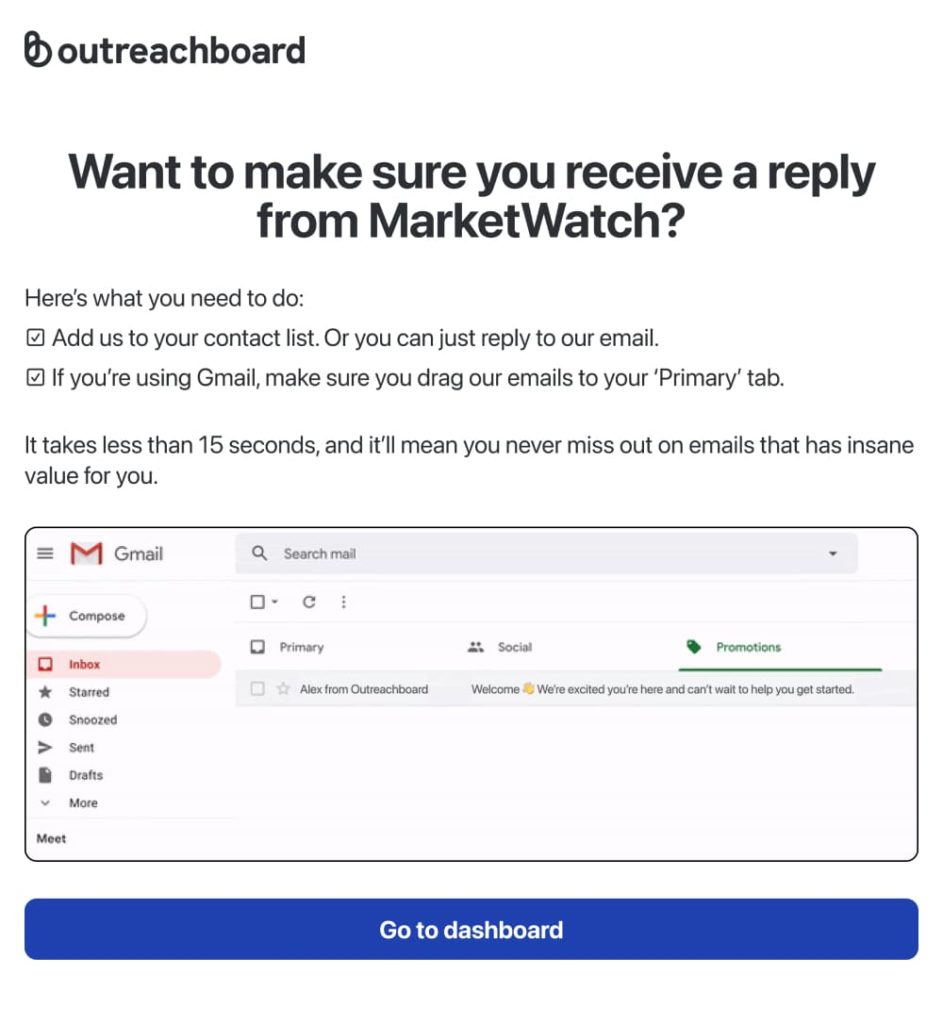
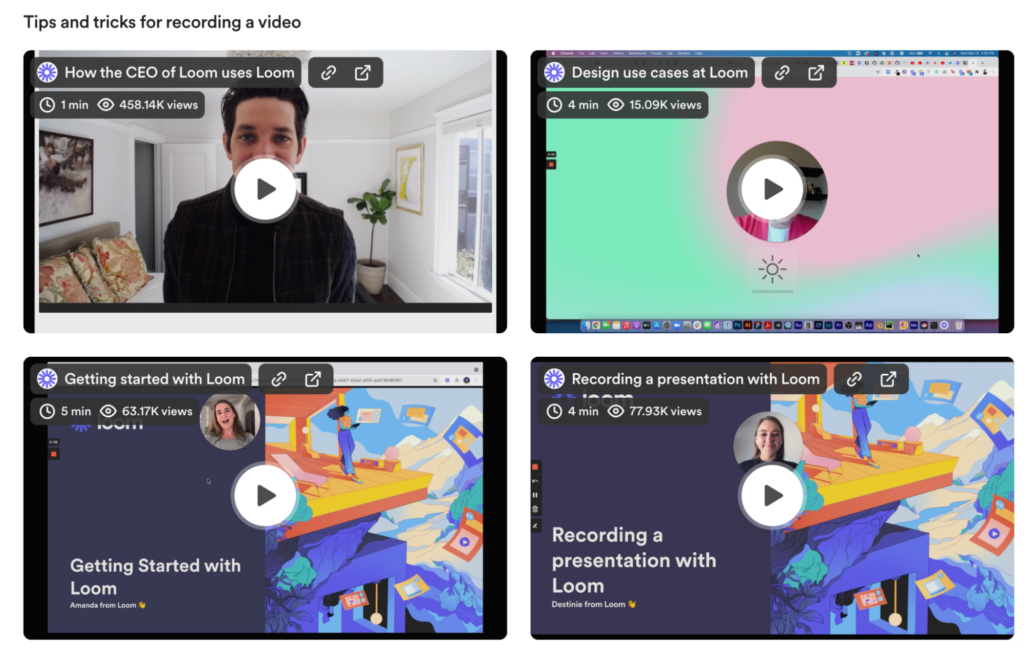



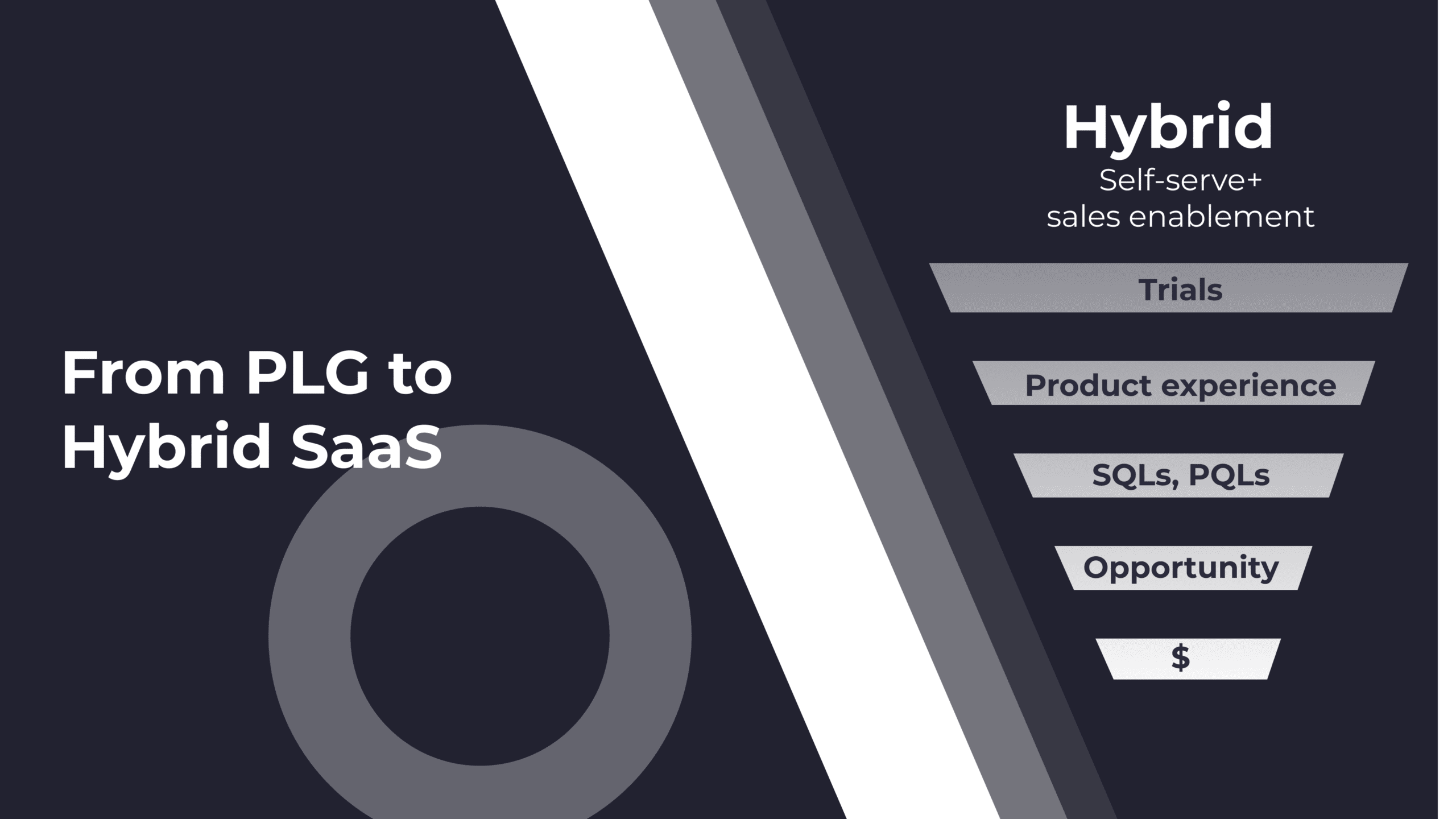
![Customer Acquisition Cost (CAC): How to Calculate, Interpet & Optimize It [Formula + Examples]](https://d2mkz4zdclmlek.cloudfront.net/blog/wp-content/uploads/2023/05/blog-cac.png)
